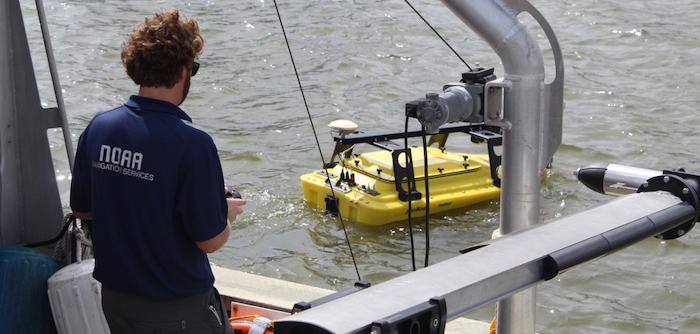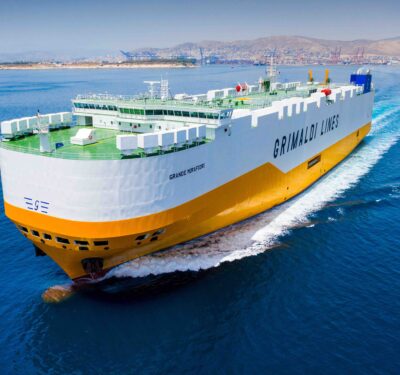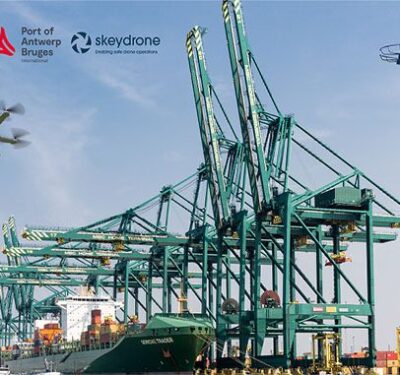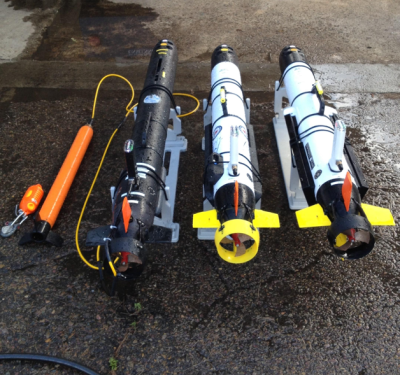
An autonomous surface vehicle during a technology demonstration in Gulfport, Mississippi.
NOAA (the National Oceanic and Atmospheric Administration) and the University of Southern Mississippi have signed a 10-year agreement to improve how uncrewed systems can be used to collect important ocean observation data and augment NOAA’s operational capabilities.
The agreement meets a Congressional requirement for NOAA to improve and expand its autonomous operations across a range of collaborations. USM will leverage its research in ocean sensor technology and autonomous ocean drones.
“Mississippi is poised to become a major hub for ocean research and innovation, and NOAA plans to help drive that innovation,” said Rear Admiral Nancy Hann, deputy director for operations for NOAA’s Office of Marine and Aviation Operations (OMAO).
NOAA currently uses UxS (the multi-domain and “multi-gender” term NOAA prefers to “unmanned’) for seafloor and habitat mapping, ocean exploration, marine mammal and fishery stock assessments, emergency response and at-sea observations. Its goal is to improve the forecasting of extreme climate and environmentally related events, from hurricanes to hypoxia.
In March 2020, NOAA established a new Unmanned Systems Operations Progress to support the expanded use of autonomous systems across the agency. NOAA’s Aircraft Operations Center continues to do this out of Lakeland, Florida, while a new facility in Gulfport, Mississippi, constructed by the Mississippi State Port Authority in partnership with USM, bolsters the use of unmanned maritime systems.
Speaking for the university, Kelly Lucas, associate vice president for research, coastal operations, said, “We are excited to expand our collaboration with NOAA for research, development, testing and evaluating uncrewed systems. The use of uncrewed systems increases safety and productivity, and allows us to expand coverage and access of ocean space, especially in remote, hazardous or extreme environments.” The goal, she noted, is to use sensor development, AI and machine learning to transform data collection and processes and support informed decisions.
“The new partnership with the University of Southern Mississippi,” Rear Admiral Hann added, “will greatly enhance our ability to transition the technologies into operational platforms that will gather critical environmental data for the nation.”
NOAA’s full autonomous activity was covered in the December-January issue of Inside Unmanned Systems.
Photo credit: NOAA.





